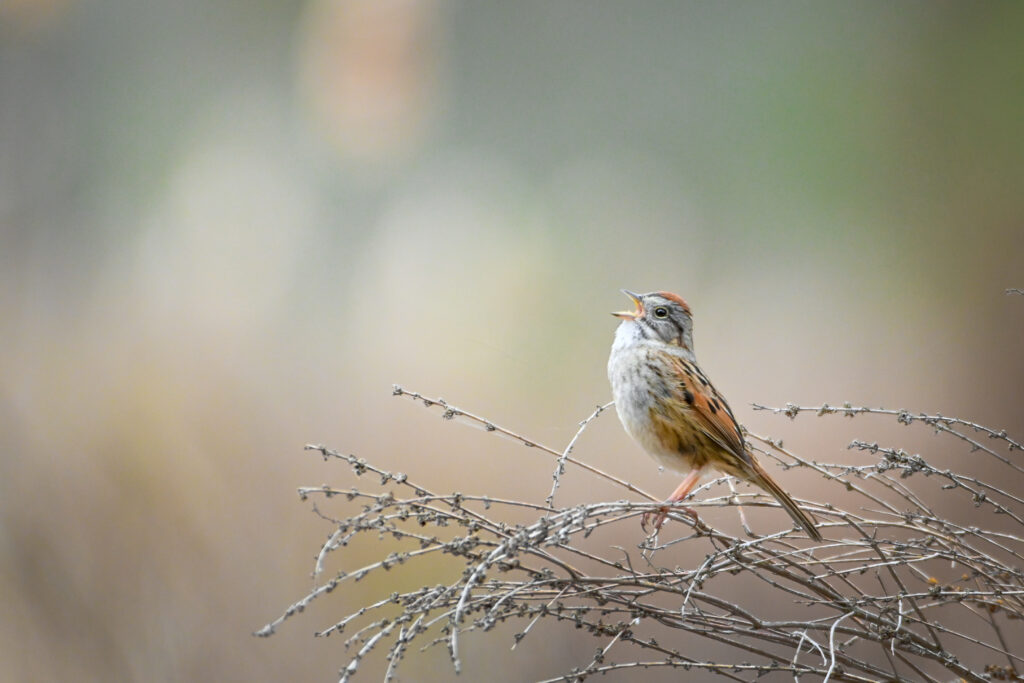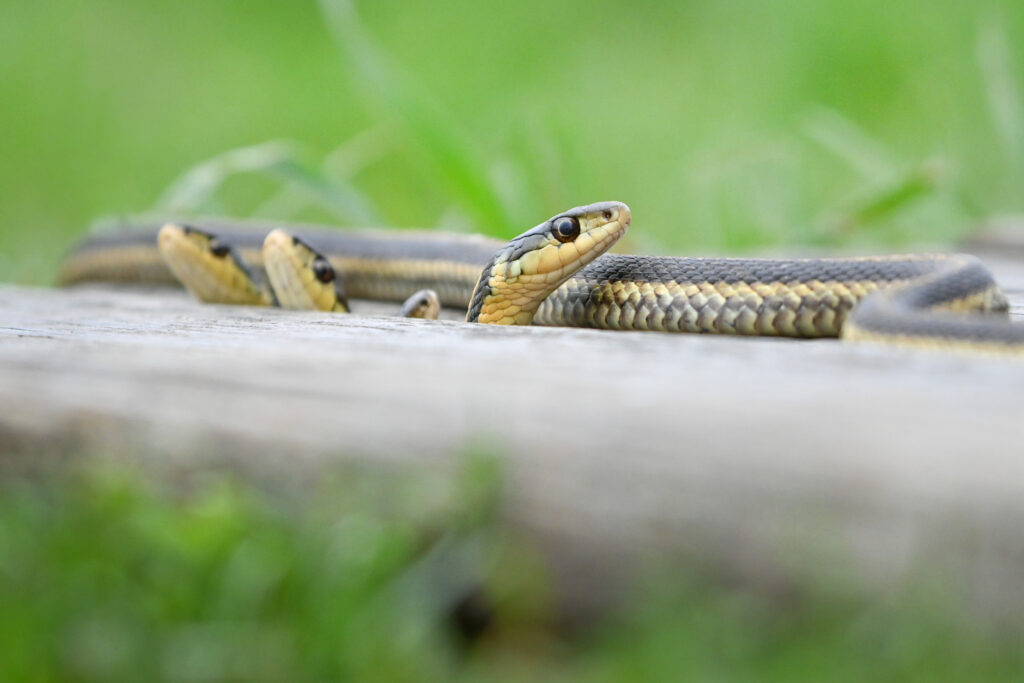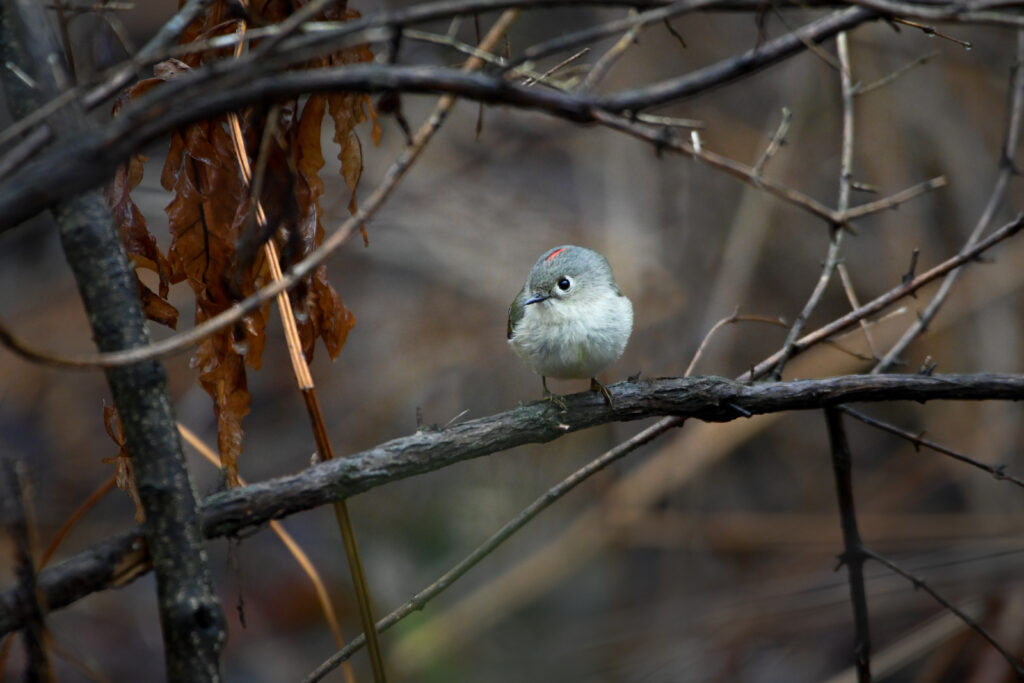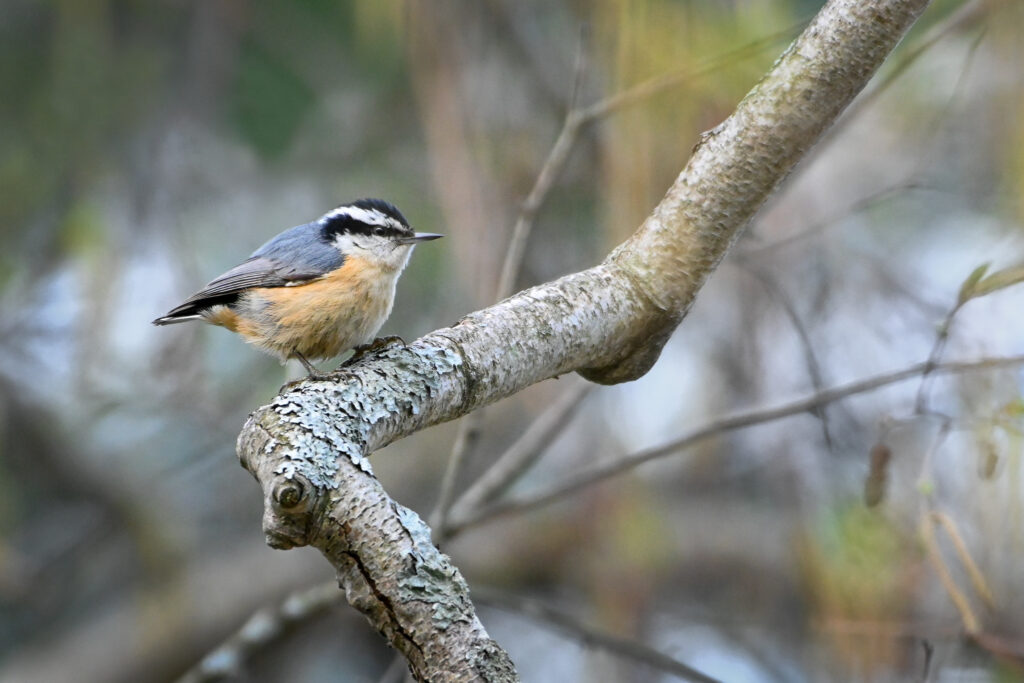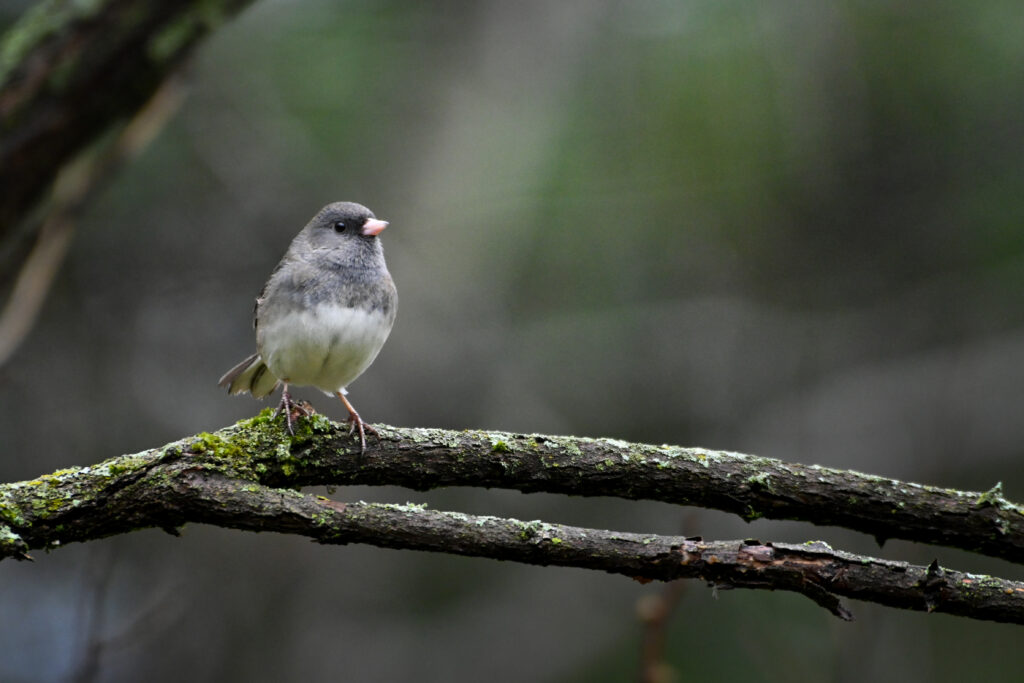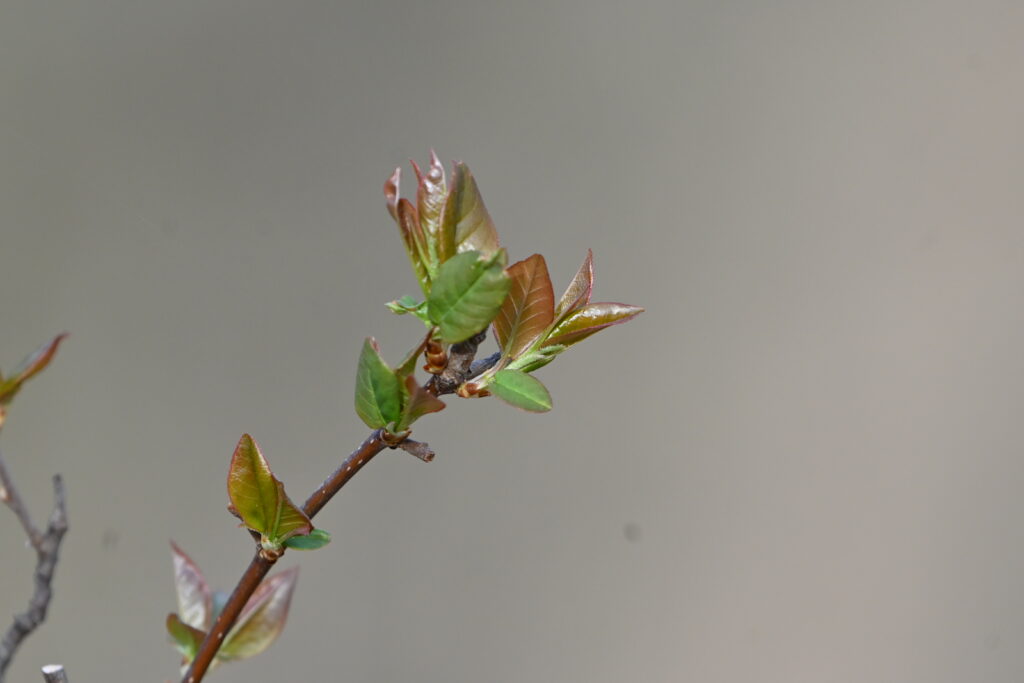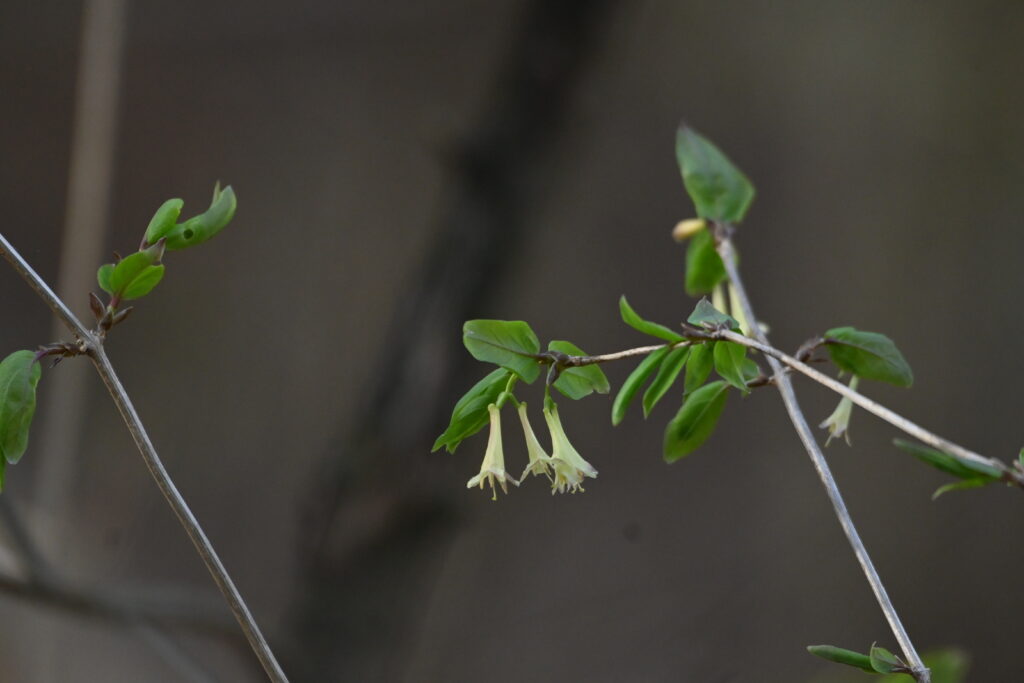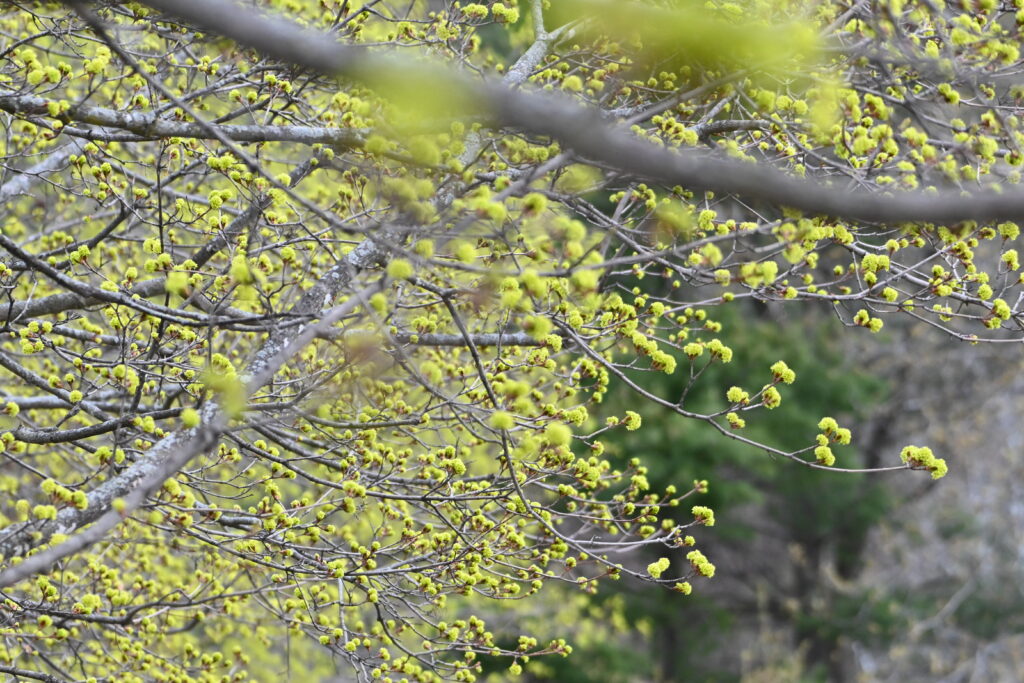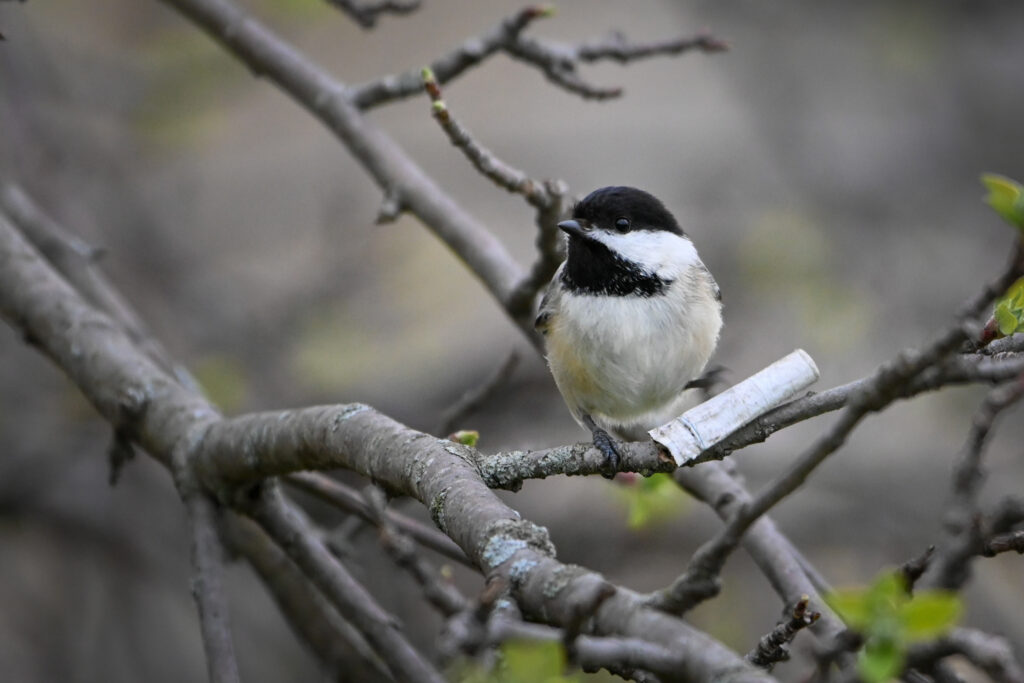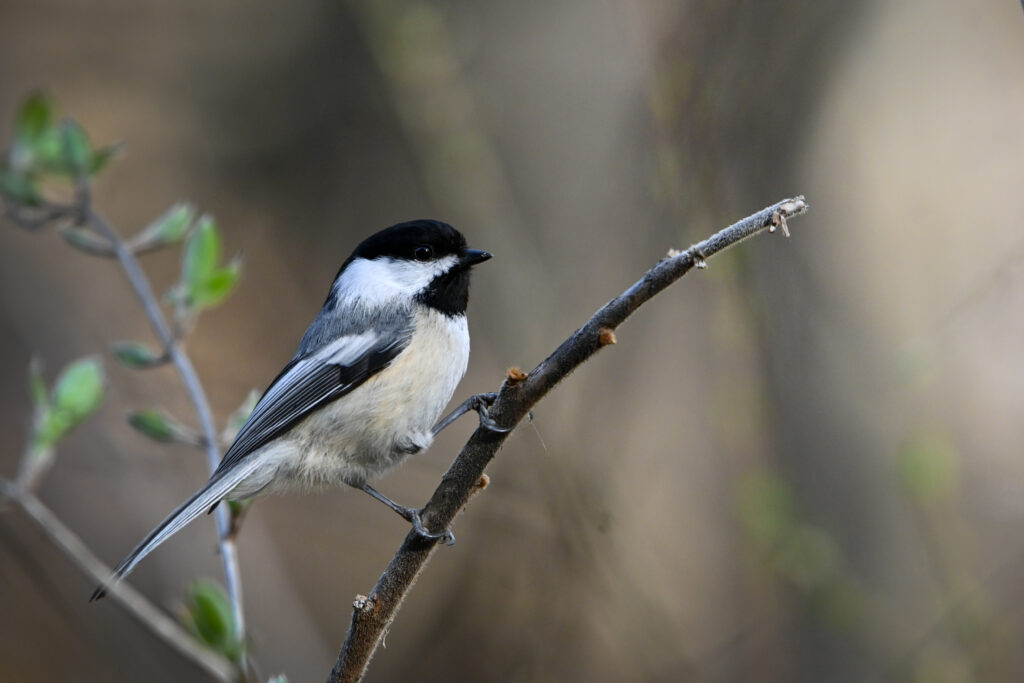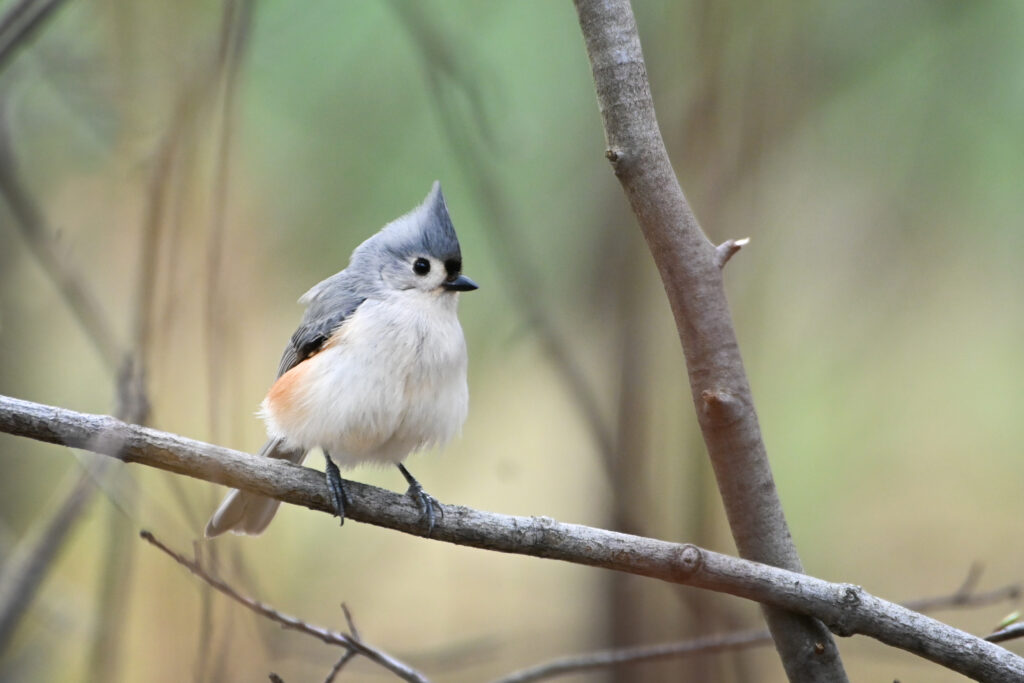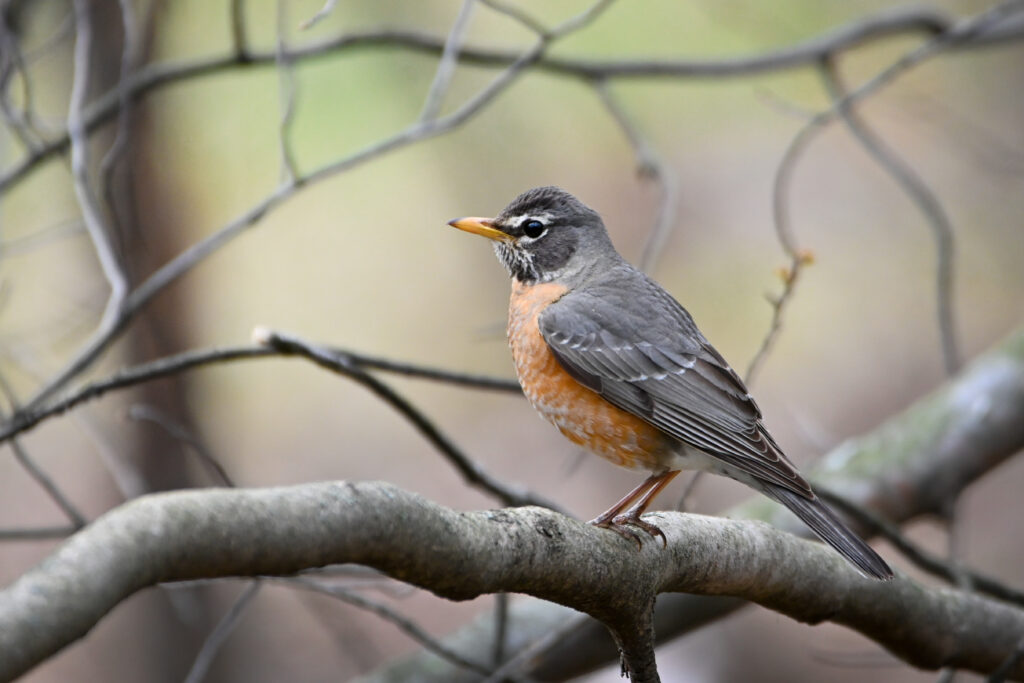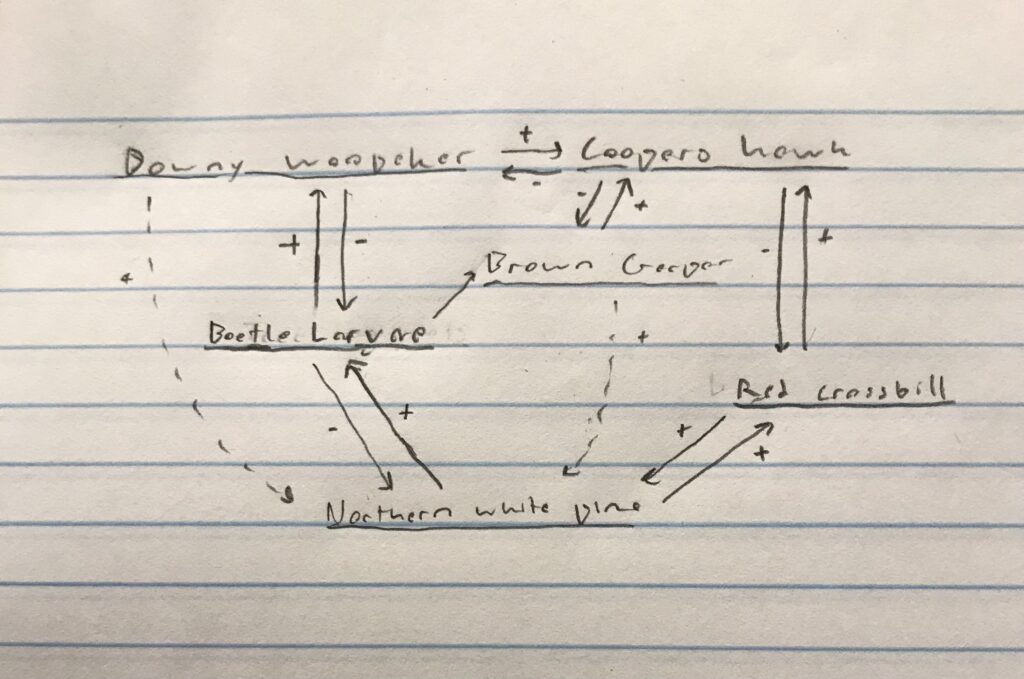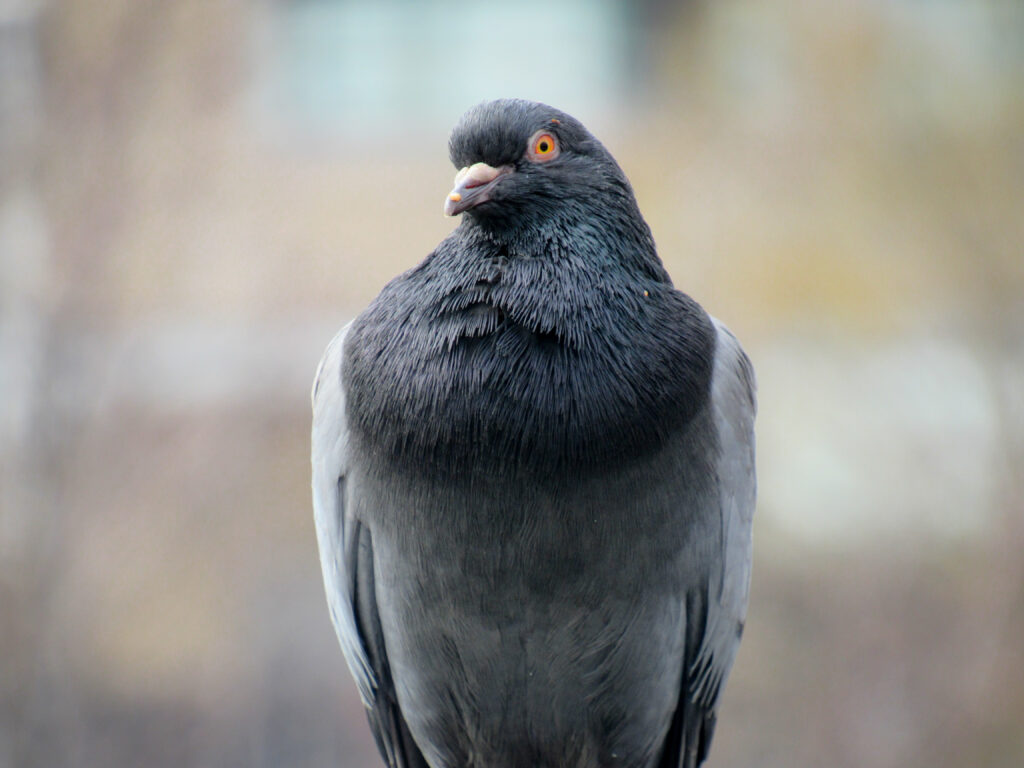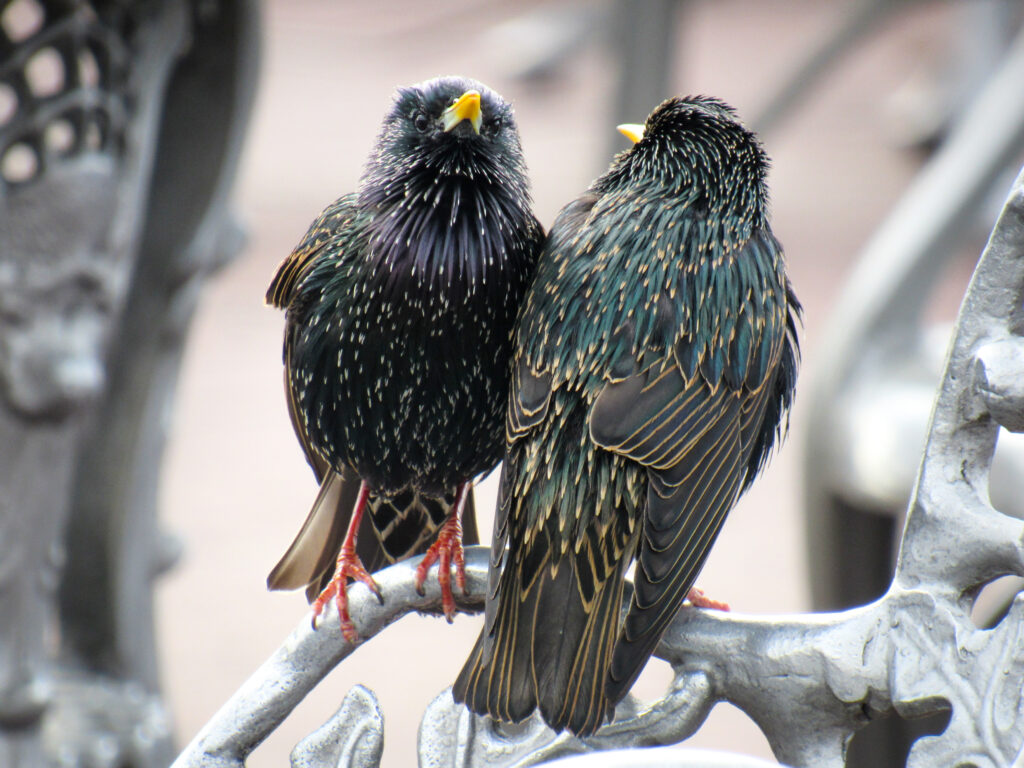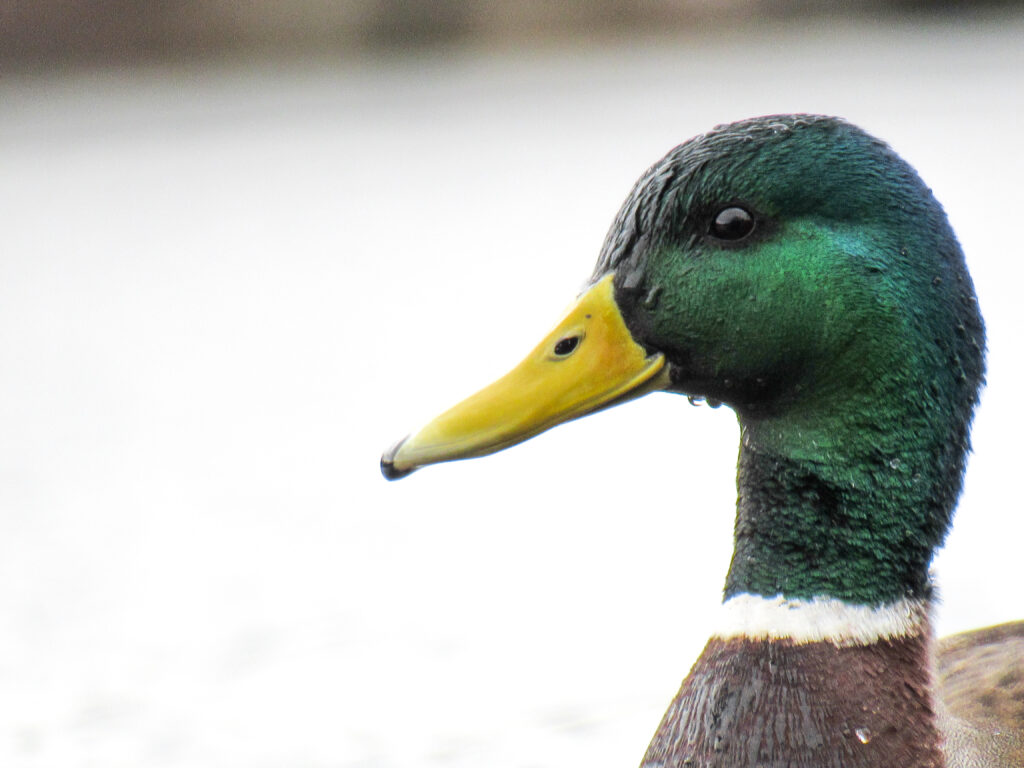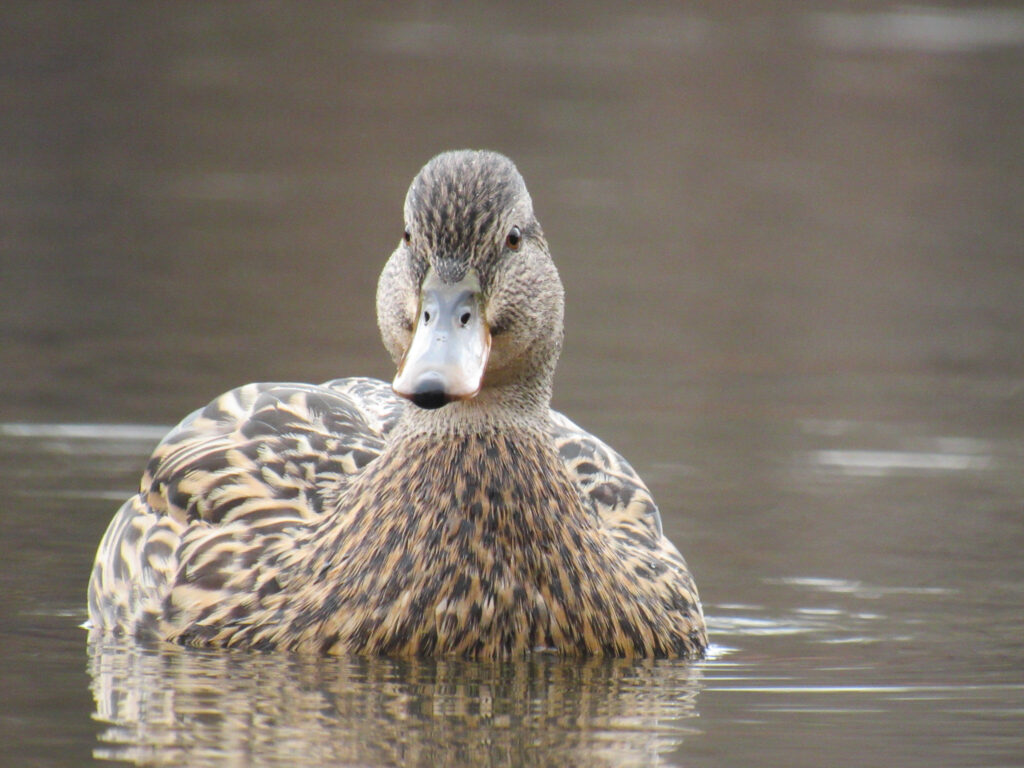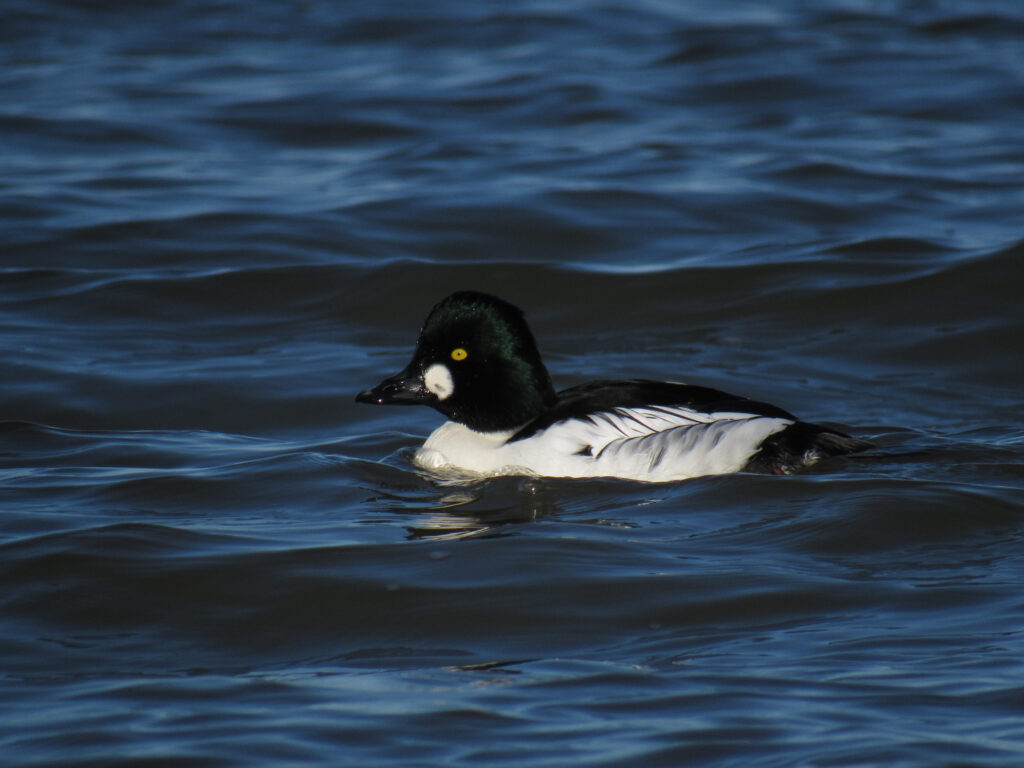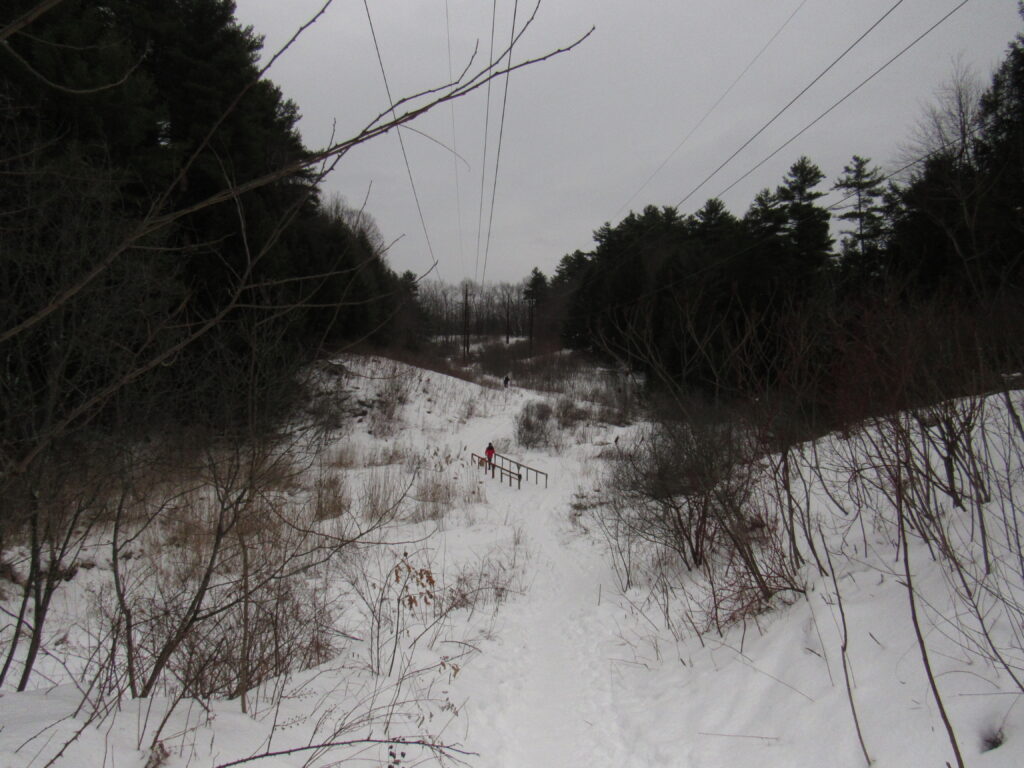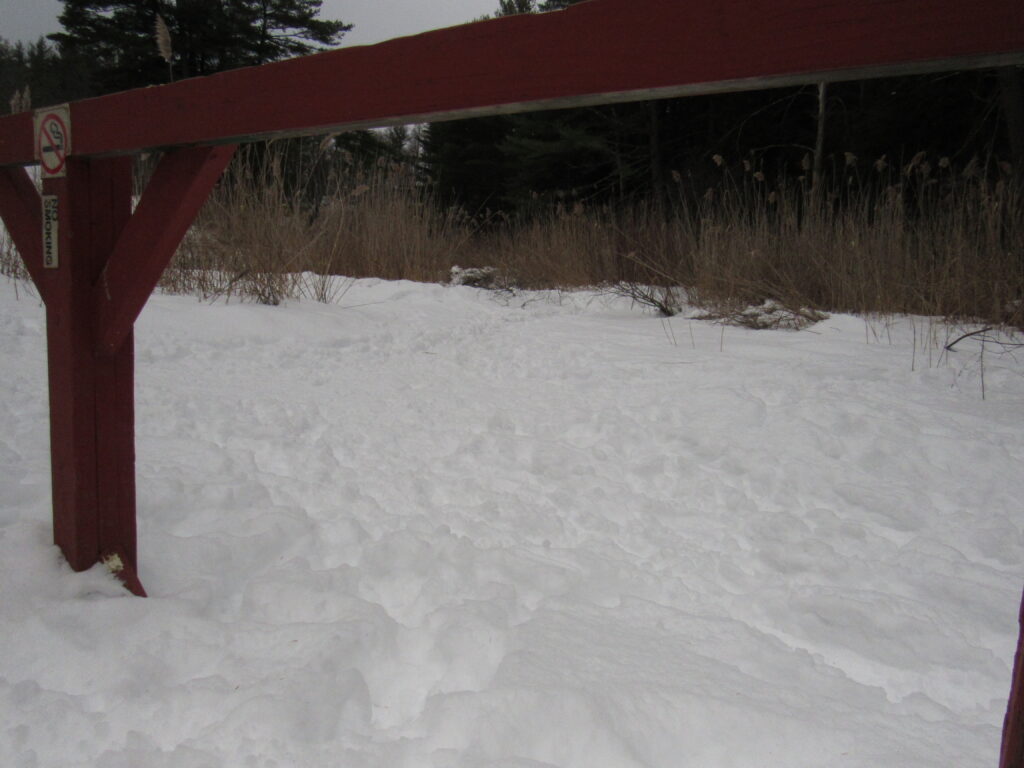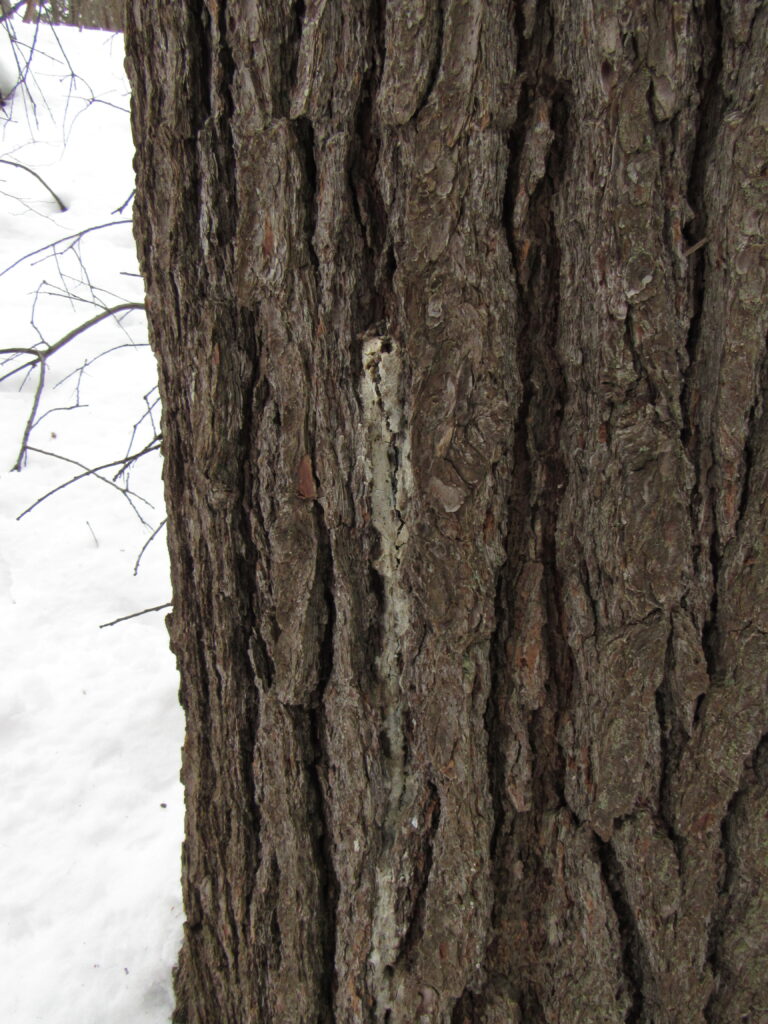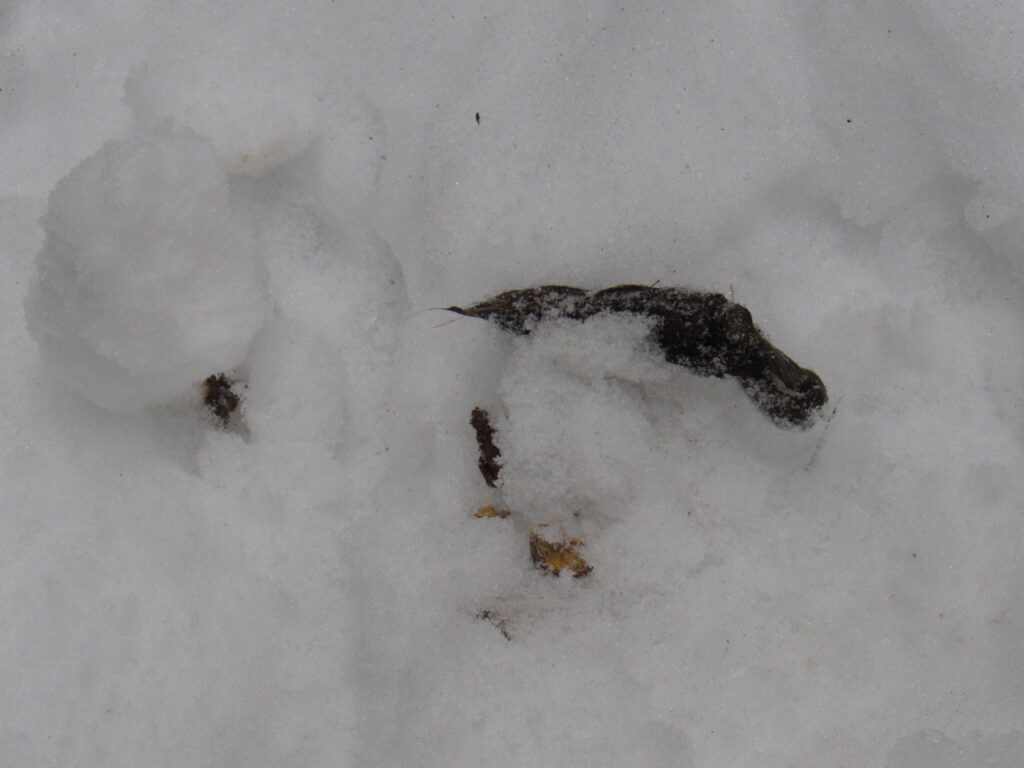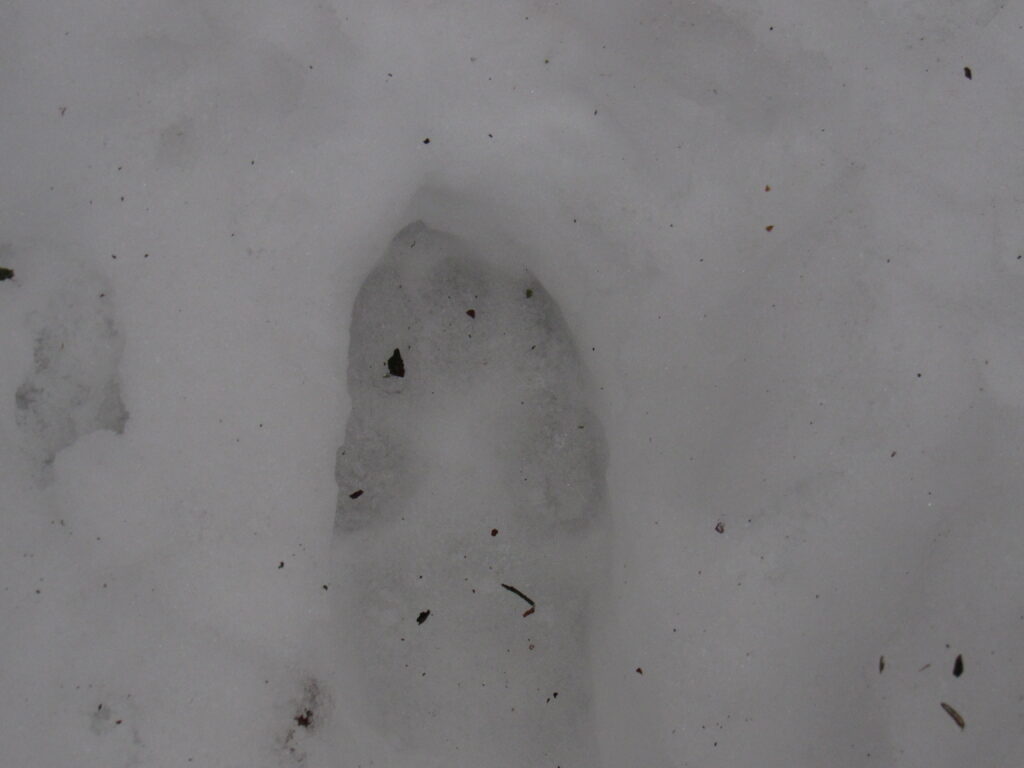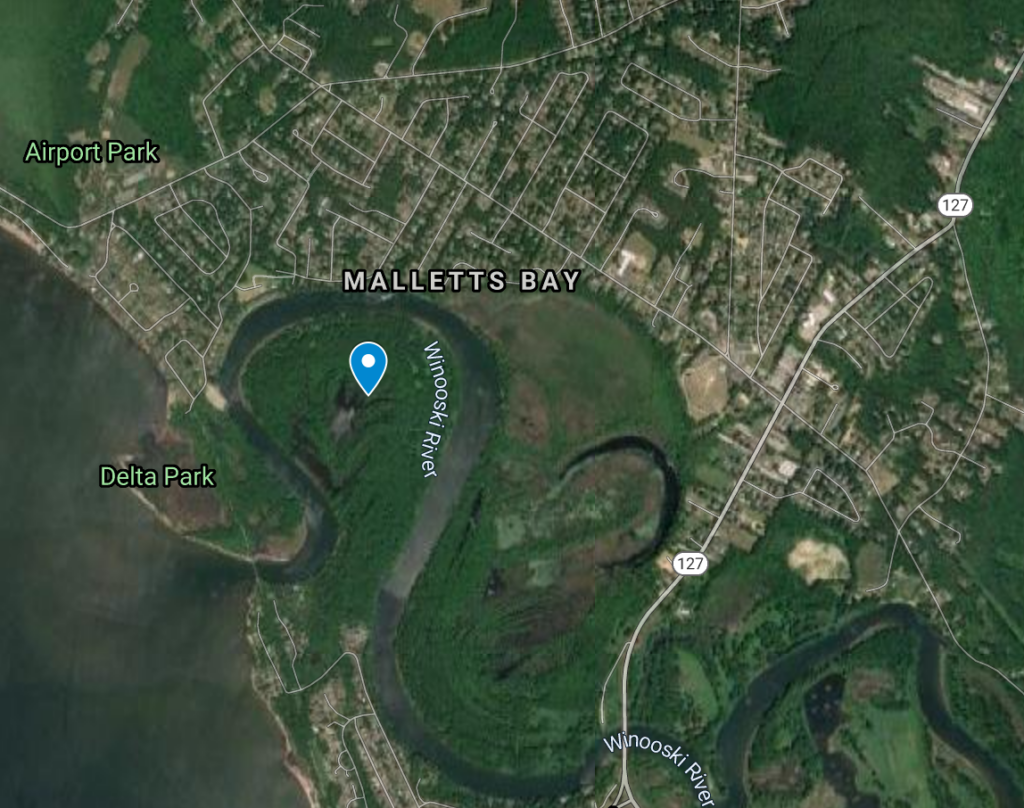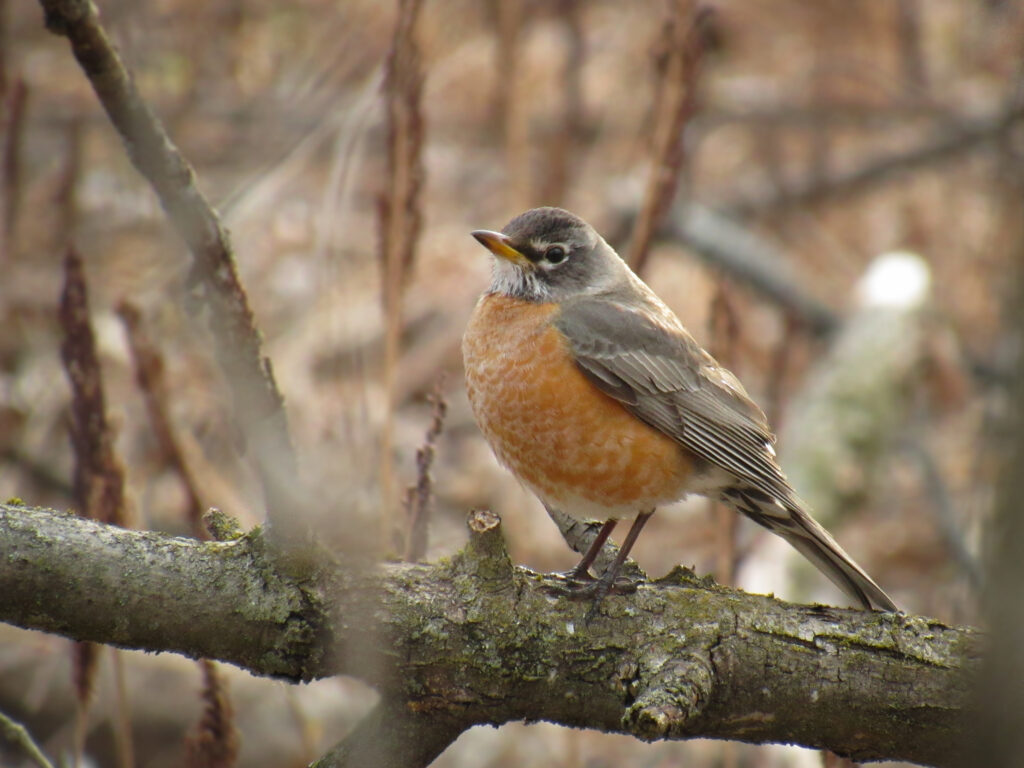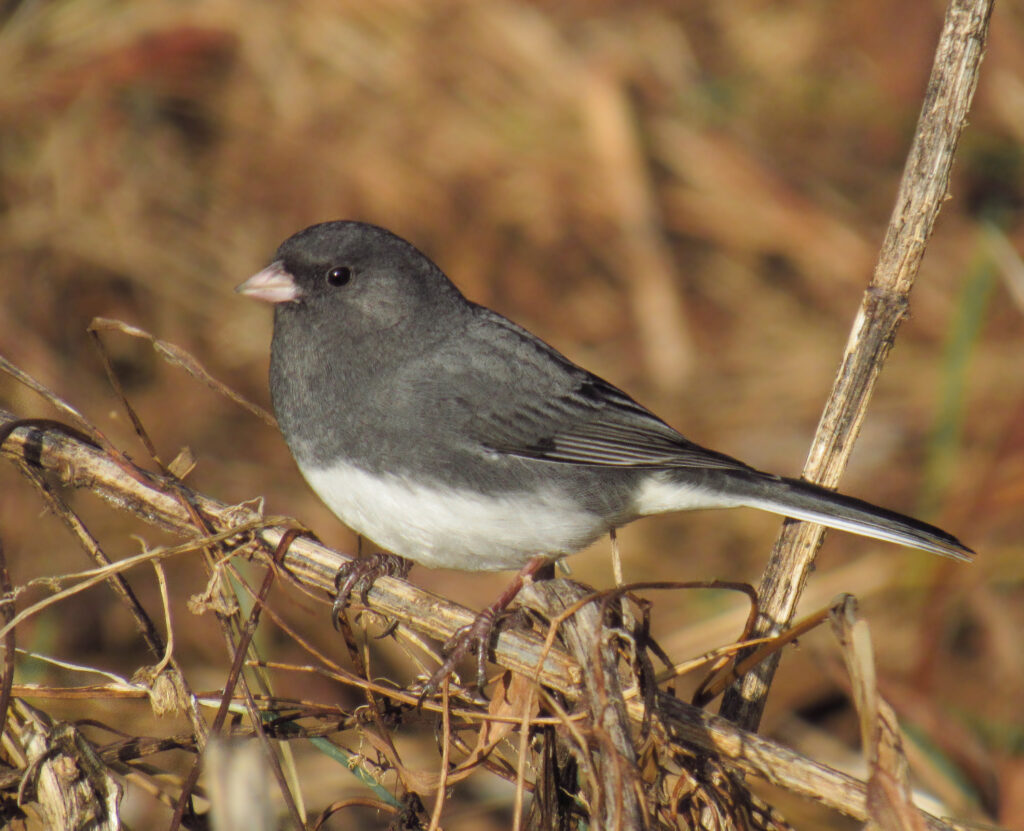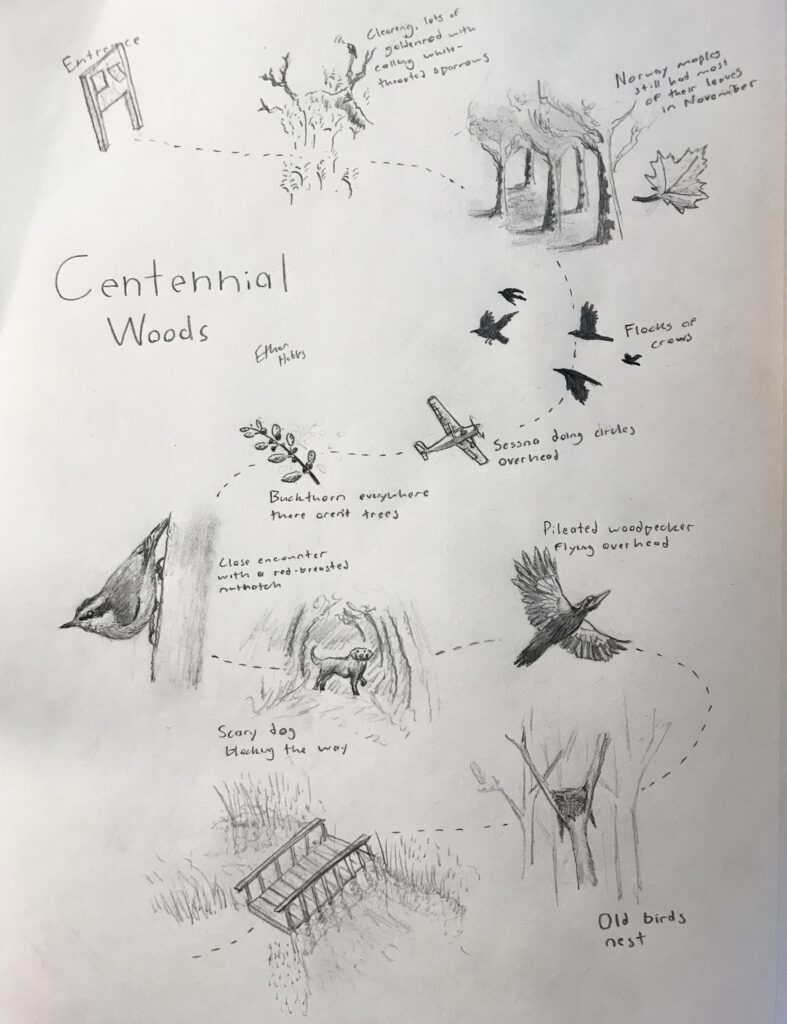A unique culture surrounds Centennial Woods. The history is somewhat apparent in the scattered barbed wire and stone markers, but more significantly it really feels like a city park. The constant sound of development, roads, helicopters and planes nearby remind you that you were never far from the city, which gives it a very close feel to UVM. I’ve done a lot of birding in this location, especially this spring, which tying it closely to UVM culture, at least in my mind. At this point Centennial Woods will always be associated with UVM to me and that is the culture that I feel here.
Maybe its just that I go here all the time, but I very much do feel a part of Centennial Woods. Its trails , wildlife and sounds are familiar to me, and I frequently interact with it by observing nature and walking though its woods. Although I may not be a direct part of the ecosystem, it has developed a sense of place to me and I have interacted directly with it.
Being as I live in Burlington, I will probably be coming back to Centennial Woods a lot more. I look foreword to doing so and gaining an even better understanding of its phenology and natural interactions.
